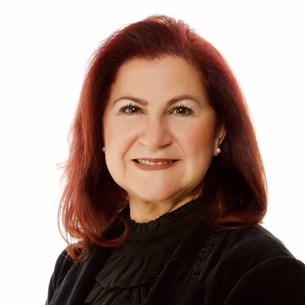Meeting
2018 ASCO Annual Meeting

Istanbul University, Cerrahpasa Faculty of Medicine and Oncology Institute, Pediatric Hematology-Oncology, Istanbul, Turkey
Rejin Kebudi , Musa Altun , Sema Bay Buyukkapu , Omer Gorgun , Rasim Meral , Inci Ayan , Bulent Zulfikar , Fulya Yaman Agaoglu , Emin Darendeliler
Background: The aim of this study is to evaluate the demographic, clinical and therapeutic characteristics and long-term outcome in childhood nasopharyngeal carcinoma (NPC) in a single center. Methods: Data of 97 patients < 18 years with NPC, treated in the Istanbul University Oncology Institute from November 1989 to January 2018 were evaluated retrospectively. All patients received three courses of neoadjuvant chemotherapy (1989-1991; cisplatinum, 5-fluorouracil; 1992-2008: Bleomycin, epirubicin and cisplatinum- BEP; since 2008-EP) followed by radiotherapy given both to the primary tumor and to the metastatic cervical lymph nodes. Results: Sixty-nine boys and 28 girls (M:F = 2.5) with a median age of 14 yrs (6-18), presented mostly with a lump in the neck, headache, and ear and nose problems. Median follow-up was 83 months (3 months-26.6 years). Ninety percent of the biopsies of NPC were WHO type III tumors. Most patients had advanced stage tumors, 5 had distant metastatis. Chemotherapy was followed with radiotherapy 60-66 Gy to the primary tumor and involved lymph nodes, and 50-54Gy to the uninvolved cervical nodal region. The 10-year overall survival (OS) rate was 79%. There was no significant difference in OS in patients who received BEP or EP. Seventeen patients died, 2 due to accident/suicide, 3 with second primary cancer, 12 with recurrent/progressive disease. Seven second malignancies developed in six patients, six in the irradiated field at a median of 12 years (5- 25 years). Late effects included hypothyroidism, neck fibrosis, xerostomia, bony hypoplasia, skin problems and hearing loss. Conclusions: Children with advanced NPC treated with neoadjuvant chemotherapy and radiotherapy have a high locoregional control rate and much higher long-term survival (OS 79 %) than that reported in our center before 1990's when most recieved only radiotherapy (46%) or radiotherapy and adjuvant chemotherapy (58 %) (IJ Radiation Oncology Biol Phys 1996). Neoadjuvant therapy with EP chemotherapy seems to be as effective as BEP. Survivors should be followed for long-term morbidities, including second malignancies.
Disclaimer
This material on this page is ©2024 American Society of Clinical Oncology, all rights reserved. Licensing available upon request. For more information, please contact licensing@asco.org
2018 ASCO Annual Meeting
Poster Session
Pediatric Oncology
Pediatric Oncology
Pediatric Solid Tumors
J Clin Oncol 36, 2018 (suppl; abstr 10547)
10.1200/JCO.2018.36.15_suppl.10547
10547
220
Abstract Disclosures
2023 ASCO Annual Meeting
First Author: Winston Wong
2023 ASCO Annual Meeting
First Author: Lin-Quan Tang
2024 ASCO Gastrointestinal Cancers Symposium
First Author: Takahiro Tsushima
2022 ASCO Annual Meeting
First Author: Xingmao Huang